"Can't hear you." "Use the mic." Nothing is more frustrating for an audience than a speaker who cannot be heard. It doesn’t take a professional speaker to use a microphone effectively, but there will come a time when a subject matter expert or volunteer will need to step up and speak in public. Whether it’s a wedding toast, a thank you for an award, guesting on a podcast, or making an announcement over the PA system, using a microphone effectively is crucial to ensure your message is heard and to demonstrate professionalism.
Types of Microphones
Handheld Microphones
· Dynamic Handheld Microphones: Ideal for stages, handling loud sounds well without picking up much background noise. Hold the microphone no further than three inches from your mouth and aim the head directly at your mouth. Hold the base horizontally for maximum voice amplification.
· Condenser Microphones: Best for controlled environments like studios, and picking up small details in recordings. Ideal for podcasts and broadcasts, they can plug into a laptop for broadcast-quality sound.
Headset Microphones
· These are worn on the head with a small microphone attached to a wire, often used in call centers and by presenters who move around a lot, such as exercise instructors or motivational speakers. Ensure the microphone is positioned near the mouth for maximum volume, though the wire can sometimes be distracting.
Lavalier Microphones
· A hands-free option clipped to your clothing, ideal for presentations, theaters, and television broadcasts. Remember to turn off the microphone before and after your presentation to avoid picking up unwanted conversations. Be cautious with gestures that might produce percussive sounds and consider wardrobe adjustments for the battery pack.
Podium Microphones
· Attached to a podium or lectern, commonly used at lectures, conferences, and universities. Adjust the level of the microphone close to your mouth and avoid swaying to maintain clear and consistent sound. Too much head turning can cause of loss of volume.
Dos and Don’ts When Using a Microphone
Do:
1. Test the Microphone and Conduct a Sound Check: Arrive early and get to know the audio-visual person in charge. Have a point person for troubleshooting sound issues.
2. Consistency is Key: Hold the microphone at the same distance from your mouth to avoid sound variations.
3. Speak Slowly and Clearly: Clearly enunciate as high-frequency sounds such as /s/ and /f/ can be distorted.
4. Use Gestures: Even with a handheld microphone, gesturing with one hand can engage the audience and demonstrate enthusiasm.
5. Project Your Voice: Use enough volume to enhance the sound without yelling into the microphone.
6. Wear a Belt with a Lavalier Mic: The battery pack can be attached to a waistband or placed in a pocket. If wearing a dress, bring a belt.
Don’t:
1. Hold the Microphone Too Close or Too Far: This creates inconsistent sound.
2. Blow on the Microphone: Tapping, blowing, or saying "Testing, Testing" produces unpleasant noises and you’ll appear unprepared. Do a sound check before speaking.
3. Ignore Feedback: A high-pitched screech indicates you're too close to the audio system. Move away and, if necessary, request a new microphone. Always have a backup.
4. Move Constantly: It distracts the audience and affects sound quality.
5. Forget to Turn Off the Microphone: Unintended comments or conversations might be heard by the audience.
6. Hog the Microphone: During panel discussions, take turns speaking and passing the microphone to the next panelist.
Public speaking is an essential skill for everyone. It’s not enough to know your message; how you deliver it is key. Handling technology, particularly microphones, is a critical part of the presentation. Master the microphone, and your message will be heard, raising your credibility and professionalism while engaging the audience.
To learn how to Speak Confidently and Effectively check out my LinkedIn learning course. It ranked in the Top 20 Most Popular courses for 2 years.
To learn techniques to overcome fear of speaking, read Chapter 3 of Knockout Presentations.
To work with me contact DiResta Communications, Inc.


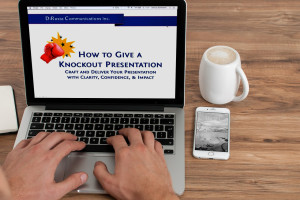 Could a top presenter bomb in the virtual world?
Your keynotes get rave reviews. Your training seminars are highly rated. Your reputation as a
Could a top presenter bomb in the virtual world?
Your keynotes get rave reviews. Your training seminars are highly rated. Your reputation as a 


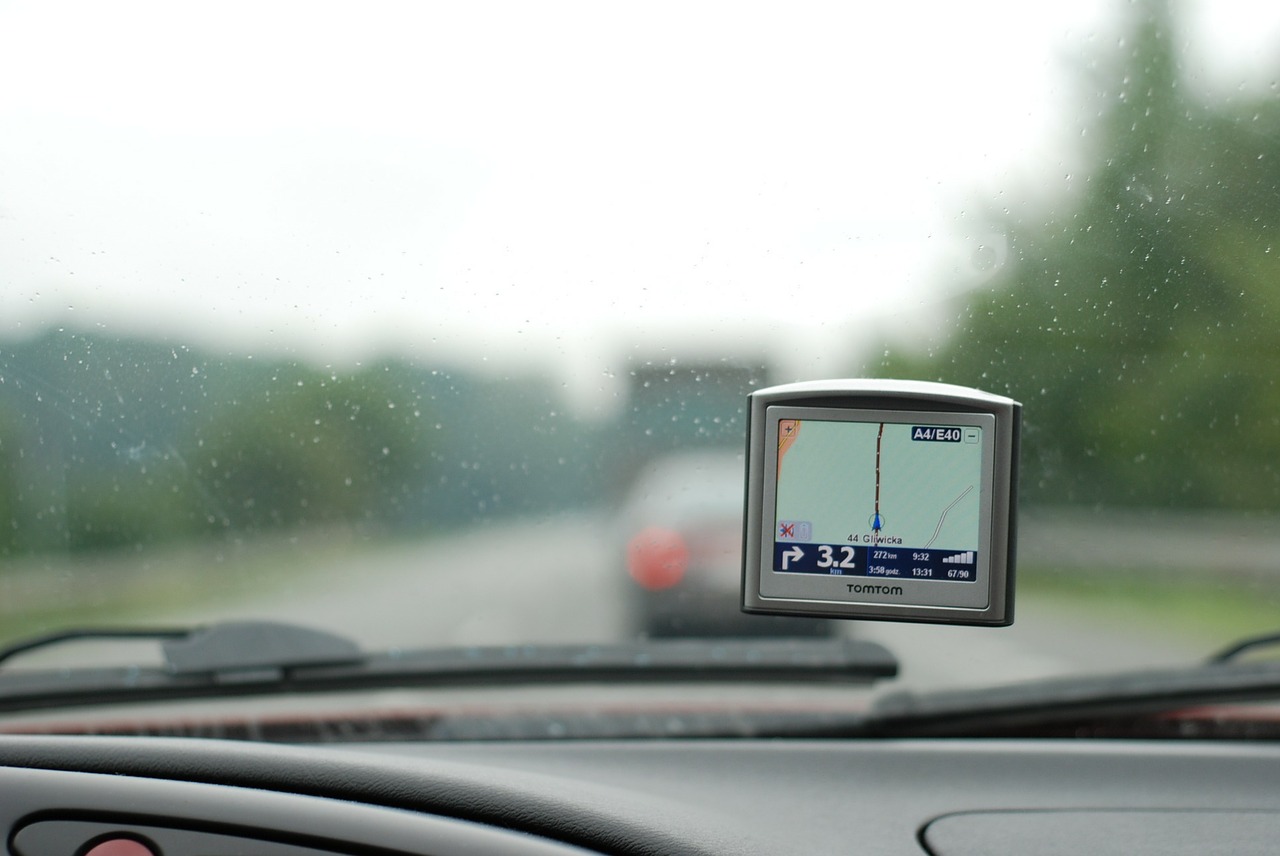 Whether you are a
Whether you are a 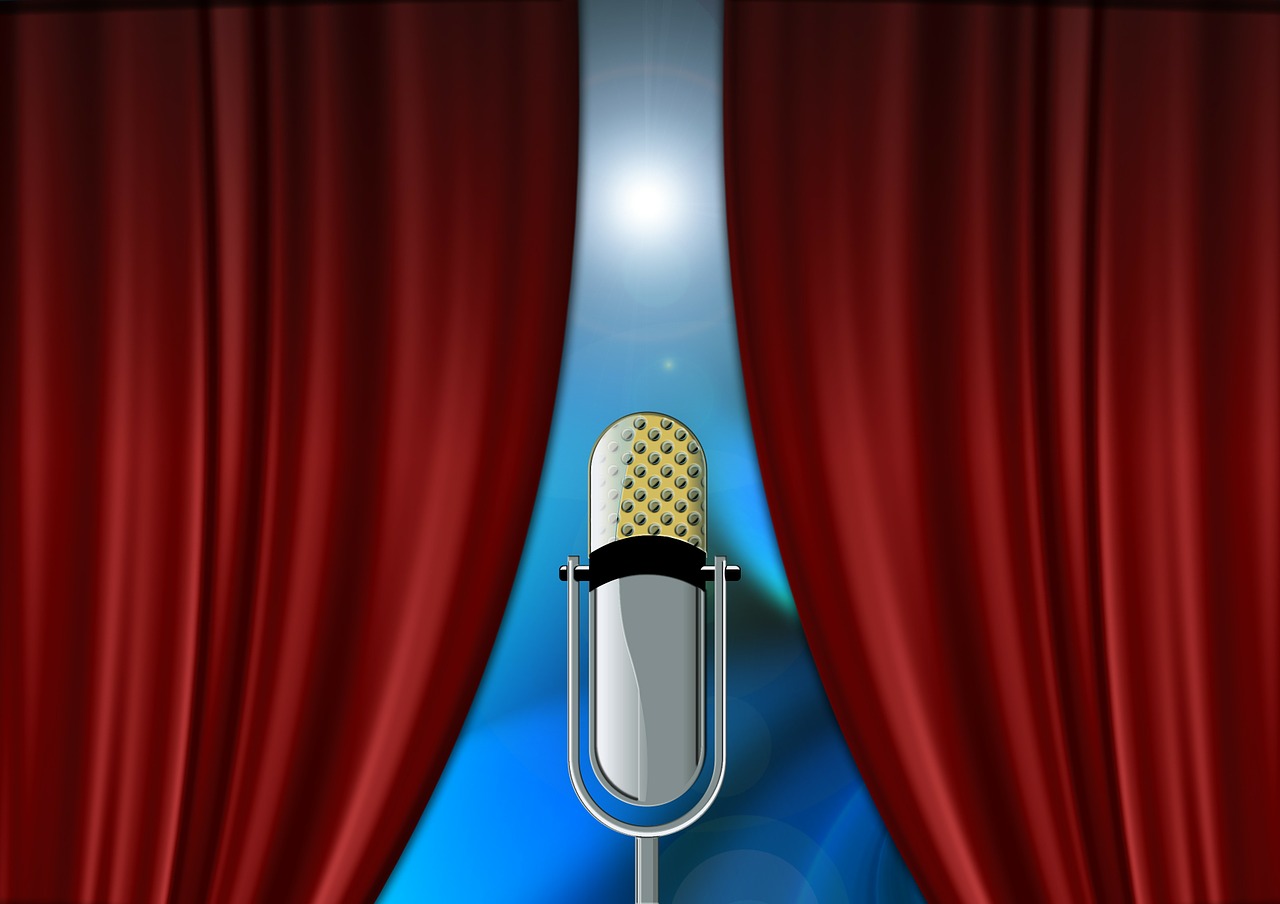 Your biggest worry isn't your presentation or your entrance. Your worst nightmare is the person who is introducing you. When the Johnny Carson show was on the air, Carson had a sidekick named Ed McMahon. His job was to introduce Johnny Carson at the beginning of the show. McMahon would say in a melodious tone, "Heeeere's Johnny!" It became his signature line as the audience would eagerly await to hear it in every show. They made a good team.
But what about your team? Who is introducing you?
Your biggest worry isn't your presentation or your entrance. Your worst nightmare is the person who is introducing you. When the Johnny Carson show was on the air, Carson had a sidekick named Ed McMahon. His job was to introduce Johnny Carson at the beginning of the show. McMahon would say in a melodious tone, "Heeeere's Johnny!" It became his signature line as the audience would eagerly await to hear it in every show. They made a good team.
But what about your team? Who is introducing you?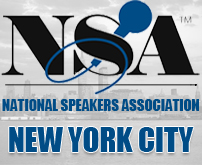 How do public speakers go from good to great to awesome? They attend the NYC chapter of the National Speakers Association. The guest speaker for November was executive speech coach,
How do public speakers go from good to great to awesome? They attend the NYC chapter of the National Speakers Association. The guest speaker for November was executive speech coach, 

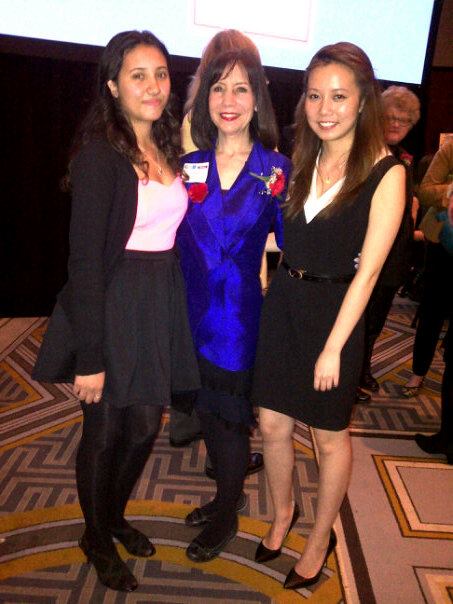 New York (April 29, 2013) — Two students, Ashley and Fang Fang, stole the show last night as they gave their two minute acceptance speeches to 600 attendees at the
New York (April 29, 2013) — Two students, Ashley and Fang Fang, stole the show last night as they gave their two minute acceptance speeches to 600 attendees at the 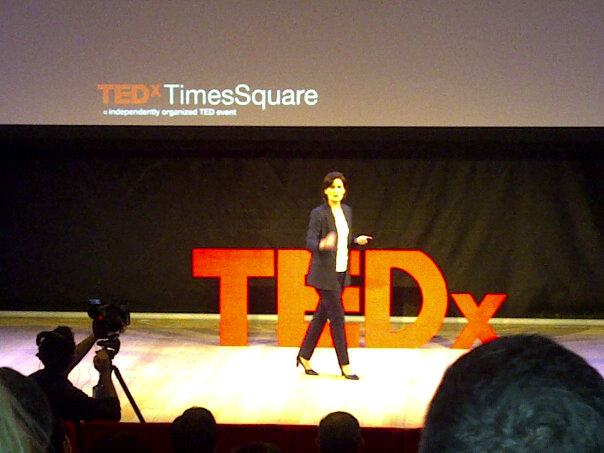 Yesterday, I attended
Yesterday, I attended 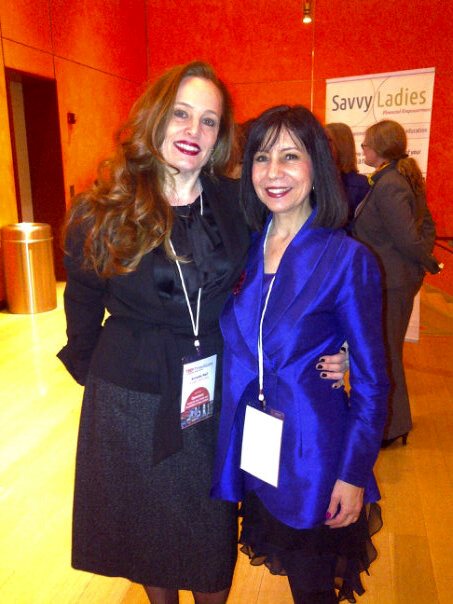
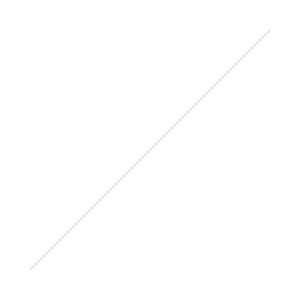 I read an interesting story written by
I read an interesting story written by  I recently read an article by Dylan Kendall entitled, "
I recently read an article by Dylan Kendall entitled, " TED.com
TED.com 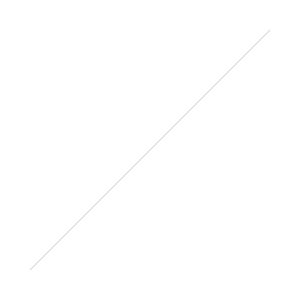 When I first started out in my speaking business, I was hired by American Management Association to give public seminars in public speaking and presentation skills.
One day, the program director sent around a memo stating that all AMA presenters were expected to arrive early to the class. It was not acceptable to show up at 9:00 a.m. What? Who would do that? I always arrived an hour early.
When I first started out in my speaking business, I was hired by American Management Association to give public seminars in public speaking and presentation skills.
One day, the program director sent around a memo stating that all AMA presenters were expected to arrive early to the class. It was not acceptable to show up at 9:00 a.m. What? Who would do that? I always arrived an hour early.
 Today marks the eleven year anniversary of 911. I remember it like yesterday. It was the nicest day of the year. There was a noticeable stillness in the air. I headed off to
Today marks the eleven year anniversary of 911. I remember it like yesterday. It was the nicest day of the year. There was a noticeable stillness in the air. I headed off to 